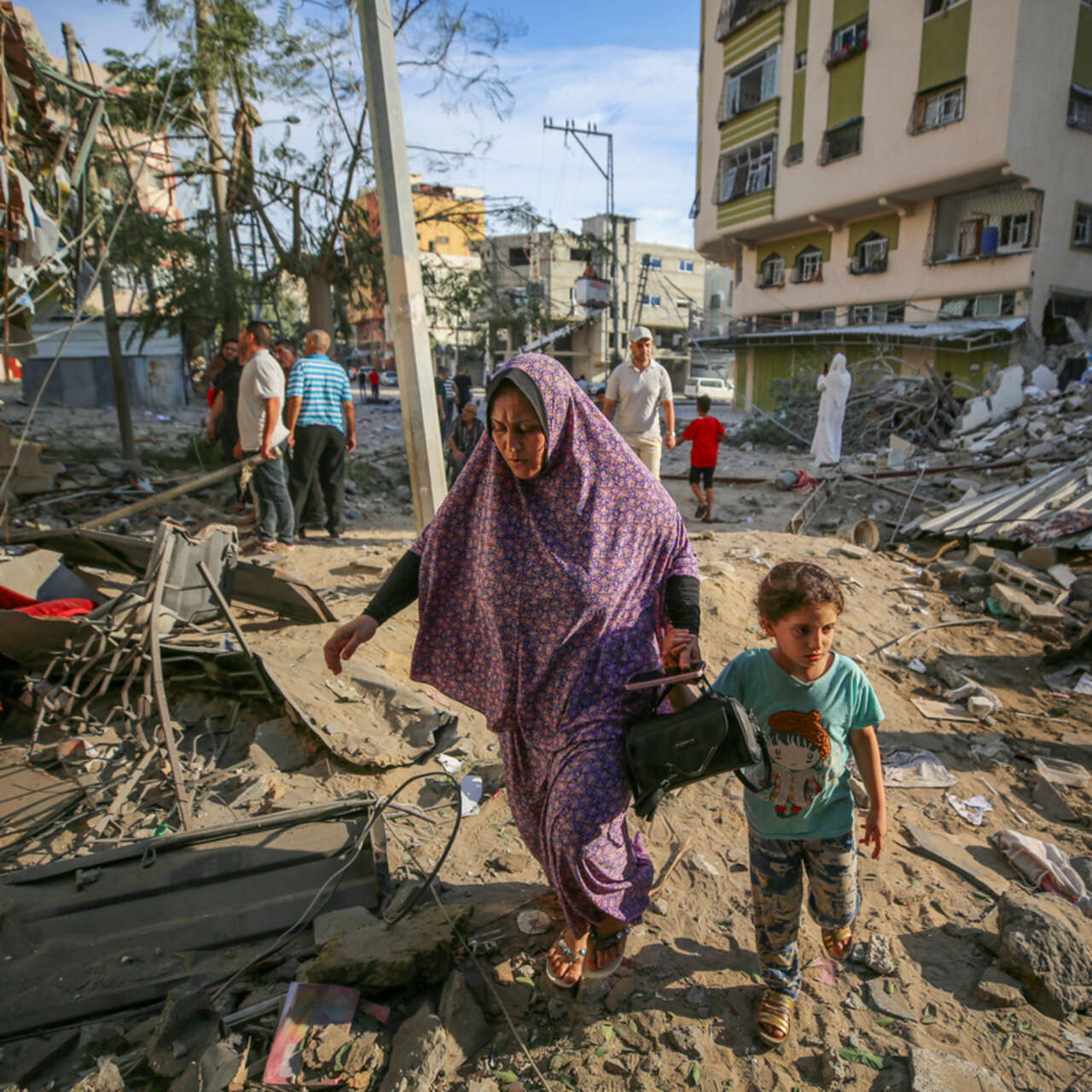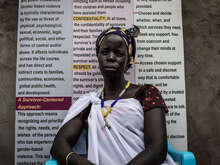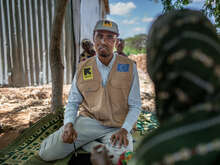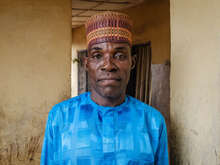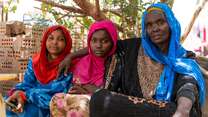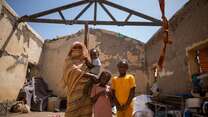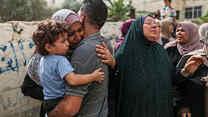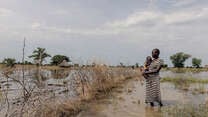The Emergency Watchlist is the IRC’s assessment of the 20 countries at greatest risk of new humanitarian emergencies each year. It is based on an analytically rigorous process that deploys 65 quantitative and qualitative variables, as well as qualitative insights from the IRC’s experience of working in more than 50 countries around the world.
Watch: Why do we need the Emergency Watchlist?
Eight facts explaining extreme levels of humanitarian crisis
The overwhelming concentration of people in need living in Emergency Watchlist countries helps us understand what’s driving humanitarian crises globally—and why. While the crises in each country on the Watchlist are shaped by local dynamics, eight facts observed across the 20 countries help explain the growth and spread of crisis:
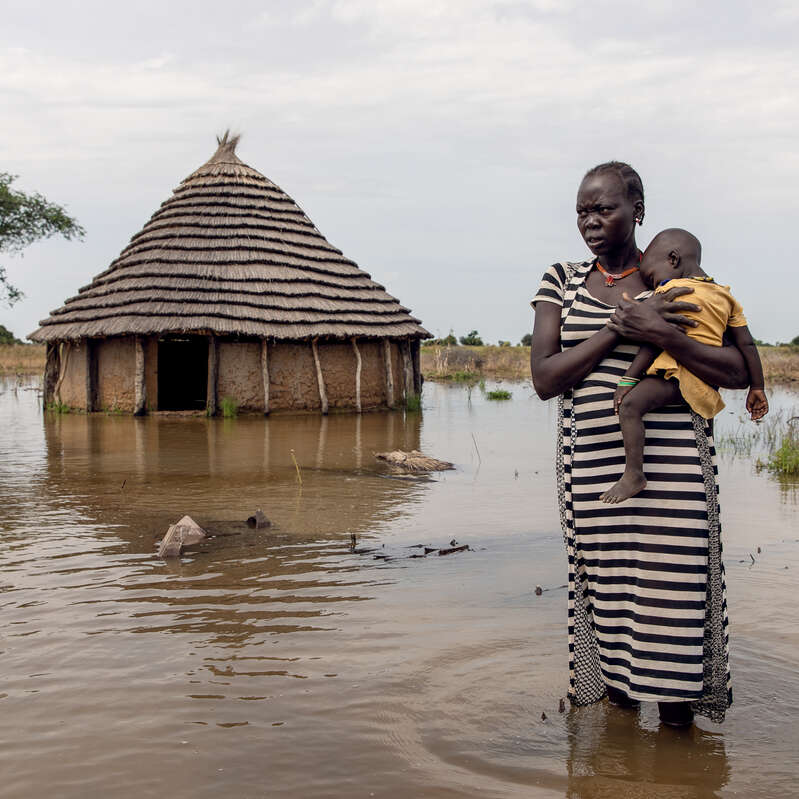
Fact 1
Armed conflict and climate change are increasingly converging in the same places at the same time.
Fourteen Watchlist countries are among the 16 countries where armed conflict and vulnerability to climate change intersect.
Abuk, 30, holds her daughter, Nyirou, 4, in front of their flooded home in Northern Bahr el Ghazal, South Sudan.
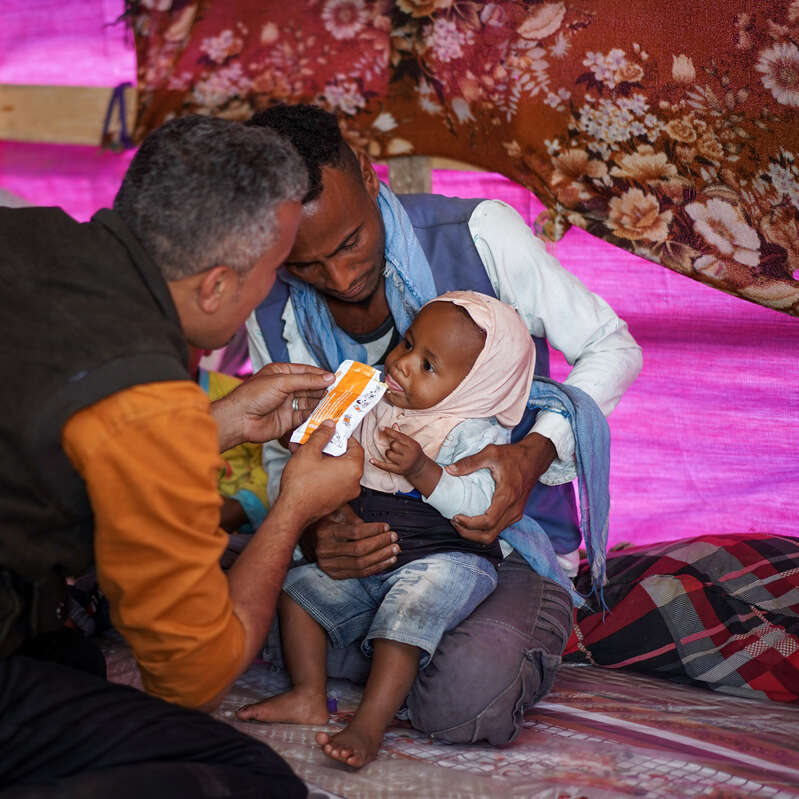
Fact 2
Civilians are caught between states and the growing influence of armed groups —whether organized along political, communal, criminal or any other lines.
Weak state capacity and legitimacy creates space for nonstate armed groups to gain influence, triggering new conflicts, intensifying old ones and driving up needs, displacement and food insecurity.
IRC Nutrition Officer Dr. Ala’a feeds Ahlam, 10-months, peanut paste to combat her malnutrition in Sahah Camp, Al-Dhale’e, Yemen.
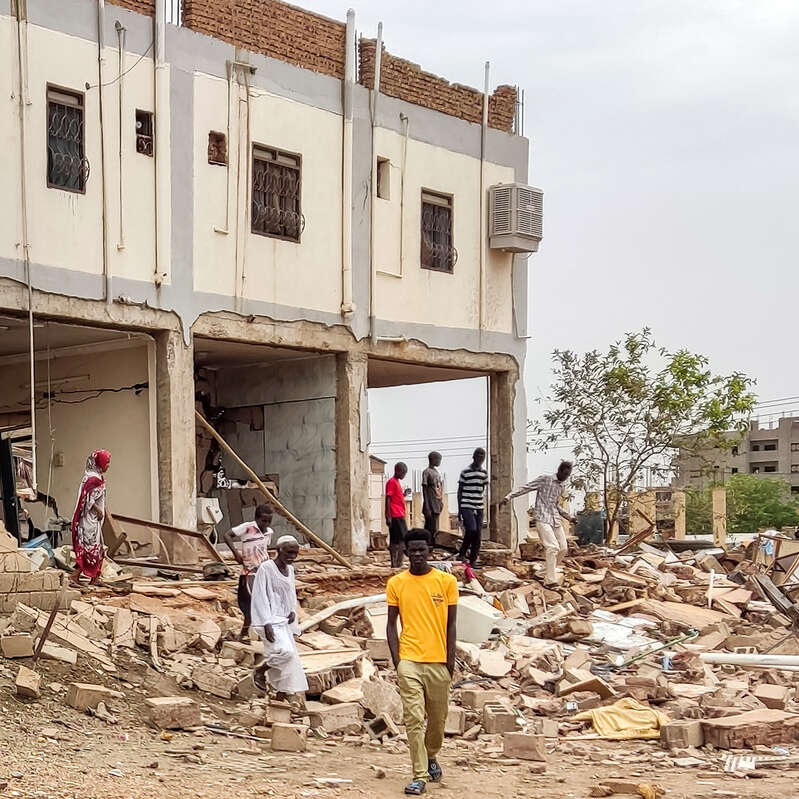
Fact 3
Regional and global powers are intervening to drive and intensify conflicts, not calm them.
And even when they try to mediate conflict, their efforts are proving ineffective. Sudan is a case study in how external intervention can drive escalation, with multiple countries supplying weapons to parties to the conflict rather than pushing for peace.
People inspect the war damage to a residential building in the Azhari district of Khartoum, Sudan.
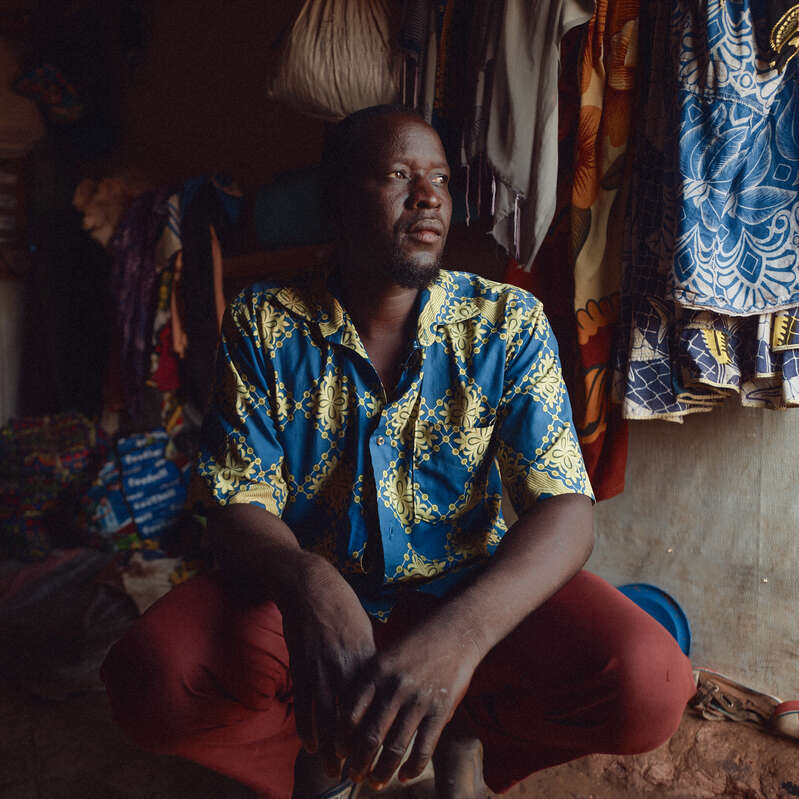
Fact 4
Violent and unconstitutional leadership transitions are increasing the risk of crisis.
Five of the top 10 countries—Mali, Sudan, Niger, Burkina Faso and Myanmar—have experienced such transitions in the last three years. The resurgence in military coups—particularly in Africa—leads to insecurity and, in turn, humanitarian crisis.
Saouta Ousseni, 40, fled violence in the Sahel Region of Burkina Faso in 2021. He now lives in an IDP camp in Kaya with 26 family members.
Photo: UNOCHA/Michele Catta
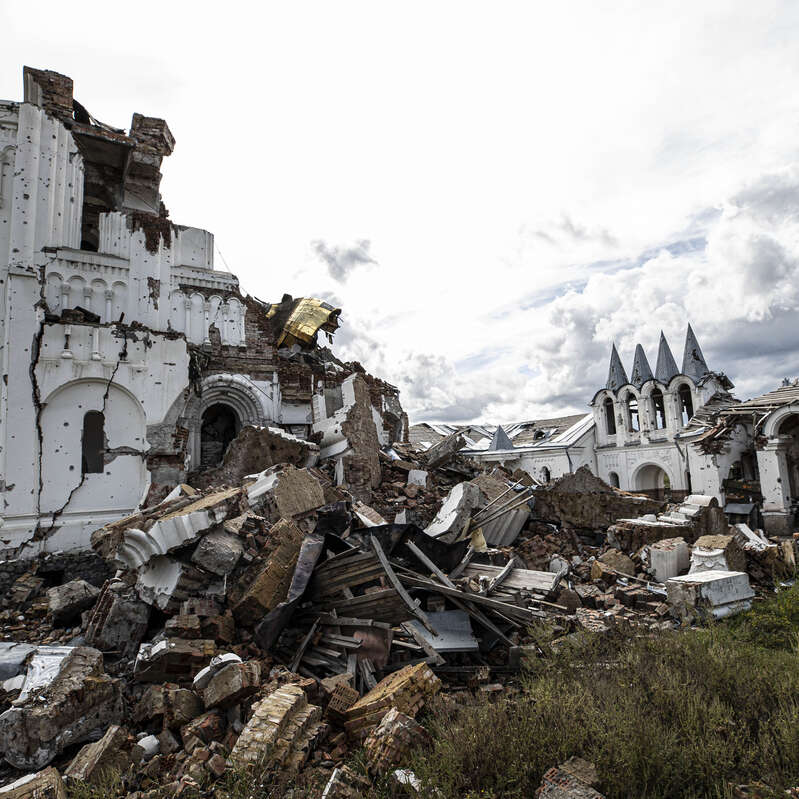
Fact 5
Civilians and the infrastructure they depend on are increasingly unsafe as parties to conflicts disregard their obligations under international law.
International humanitarian law obliges warring parties to mitigate the impacts of war on civilians, but this is happening neither consistently nor reliably. IRC teams around the world see this Age of Impunity in the crises affecting the communities we serve.
St. George's Monastery in Donetsk Oblast, Ukraine, was heavily damaged in 2022 during the war in Ukraine.
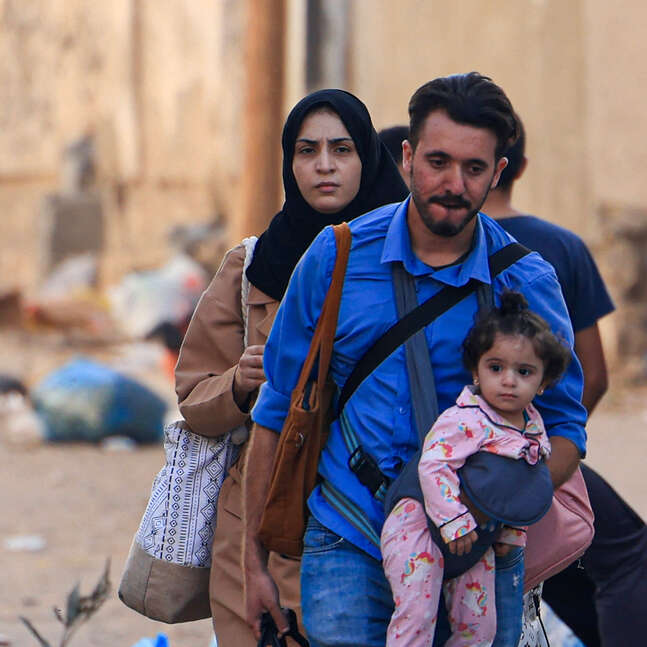
Fact 6
Parties to conflict are failing to uphold their responsibility to protect humanitarian access.
Instead, they are restricting humanitarian access and targeting humanitarian personnel without facing diplomatic or legal consequences. Across Watchlist countries, humanitarian organizations and affected communities face high constraints accessing each other—in addition to physical, environmental and security barriers that hinder aid delivery.
Palestinians flee their homes following Israeli airstrikes in Gaza City on October 13, 2023.
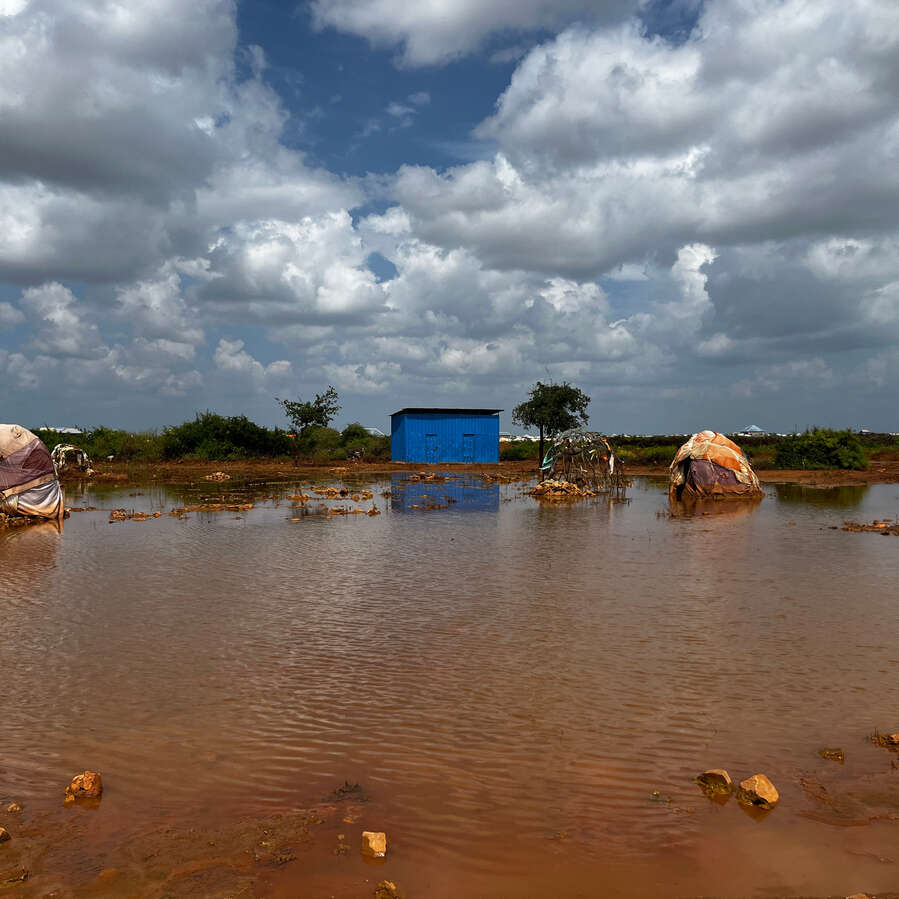
Fact 7
Heightened exposure to climate risks is threatening lives and livelihoods—and El Niño could exacerbate these risks in some Watchlist countries.
Communities in Watchlist countries contribute the least to climate change—only 1.7% of global carbon emissions. Yet, they are facing a disproportionate burden of the climate crisis. In 2021, people in Watchlist countries were 2.75 times more likely to be affected by natural disasters than those in non-Watchlist countries.
In November 2023 flooding destroyed numerous makeshift homes and critical infrastructure in Ban Edad IDP camp in Baidoa, Somalia.
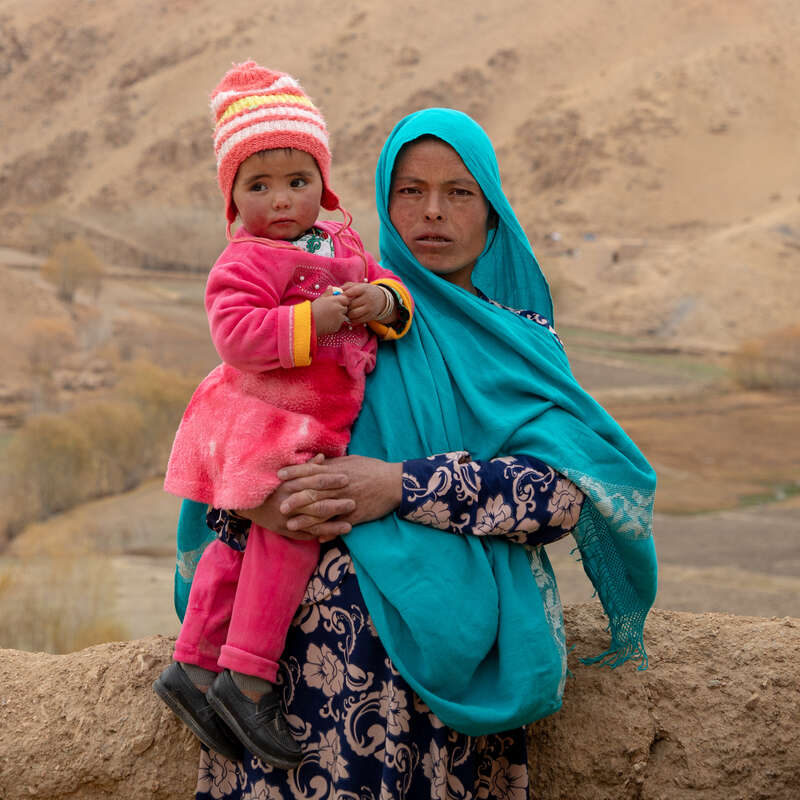
Fact 8
The global increase in public debt is preventing some governments from investing in the systems and services to prevent and address humanitarian crisis.
Twelve out of 20 countries on the Emergency Watchlist are either in debt distress already or are at moderate to high risk of falling into it, meaning that they lack the resources to meet their financial obligations.
There is a lack of health care infrastructure in Bamiyan, Afghanistan, where pregnant Laila, 28, and her daughter, Zahra, 2, live with their family.

The myths obscuring real and proven solutions
A set of myths has taken hold of the international policy and media discourse about countries facing humanitarian crises. As a result, decision makers are turning to the wrong solutions. Busting these myths and replacing them with facts opens the doorway to better solutions that respond more effectively and break the cycle of crisis.
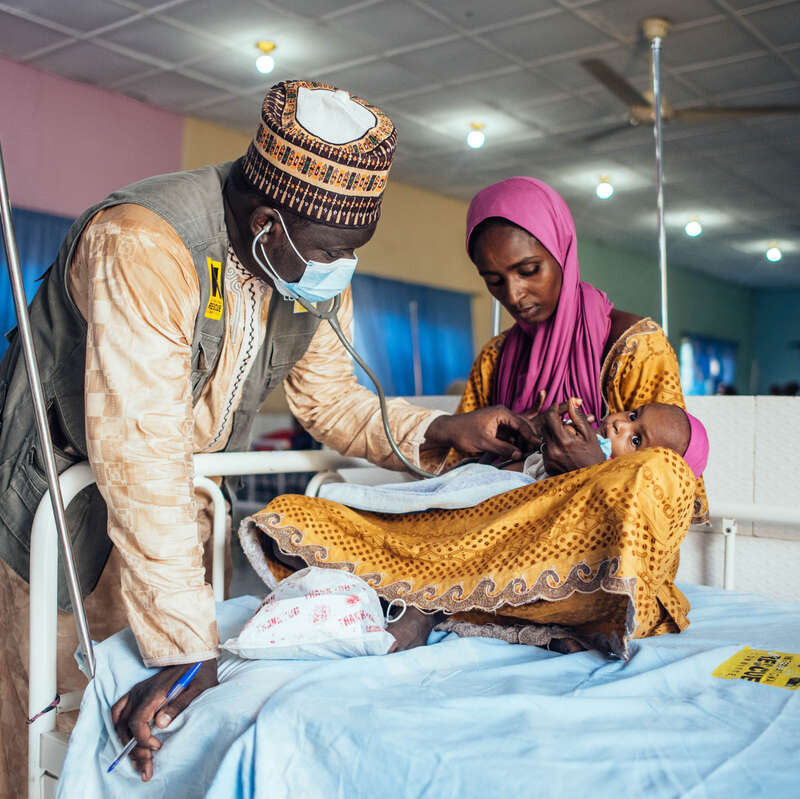
Myth 1
Myth: Humanitarian access can be measured in truckloads of supplies alone.
Fact: Meaningful humanitarian access is about communities having ongoing access to the services they require to survive, recover and rebuild their lives. When reporting focuses purely on the number of trucks on the move, not what they are delivering or the feasibility of effective humanitarian action at the other end, it becomes harder to make the case for meaningful access.
Dr. Mohammed Isa Goni treats Adama Wudaa's child for malnutrition at an IRC stabilization center in Borno, Nigeria.
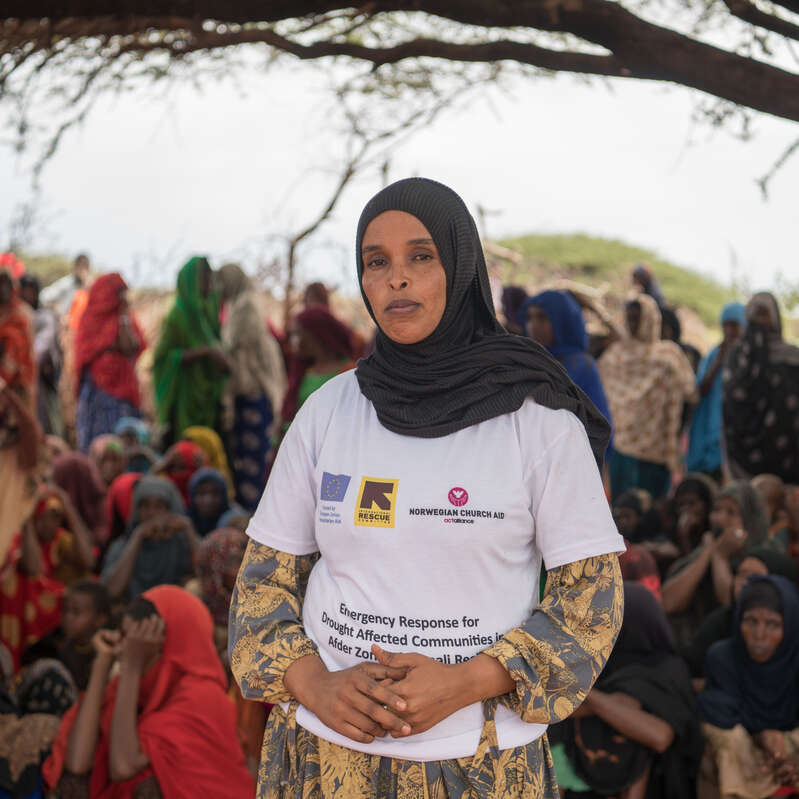
Myth 2
Myth: If you don’t work with governments, you can’t get anything done.
Fact: Governments are an important partner for promoting development but it is critical to have other options when governments are unable or unwilling to play this role. Otherwise, whole communities—even some countries—are denied access to critical development opportunities.
Through a partnership between the IRC and Norwegian Church Aid, Saud Farah promotes hygiene practices to prevent the spread of illness and disease in Burdhubo IDP camp in Ethiopia.
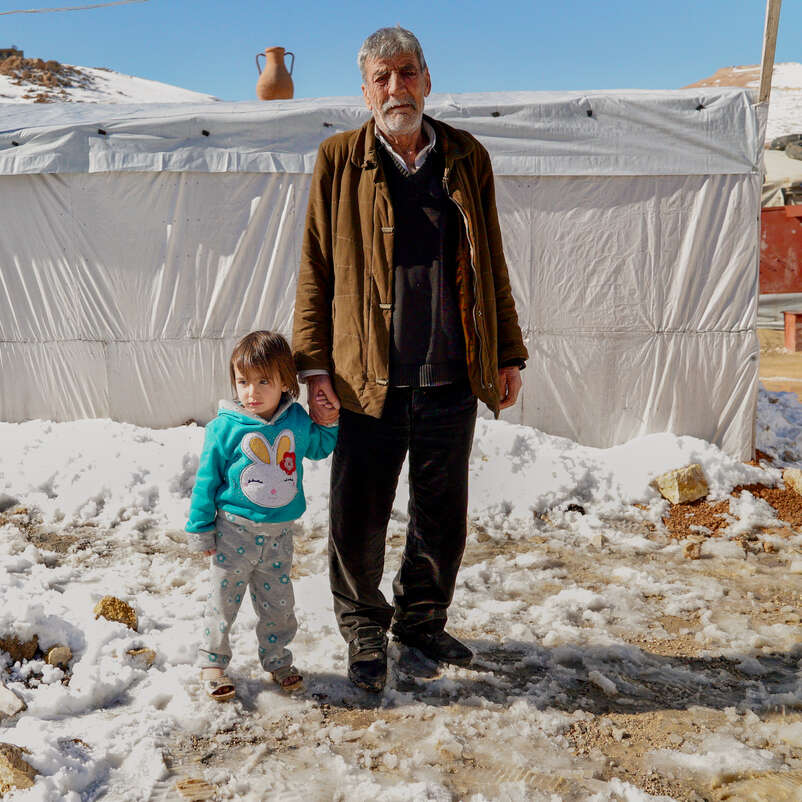
Myth 3
Myth: The United States and Europe are already hosting more than their “fair share” of displaced people and shouldn’t be expected to receive any more.
Fact: Watchlist countries and their neighbors are home to 79% of non-Ukrainian refugees and displaced people globally; the U.S. and Europe host just 8%—yet they are setting a tone that normalizes closing borders.
Syrian refugees living in makeshift camps in Lebanon's Bekaa Valley struggle through winter storms. According to UNHCR, Lebanon hosts the most refugees globally per capita, with 1.5 million Syrian refugees.
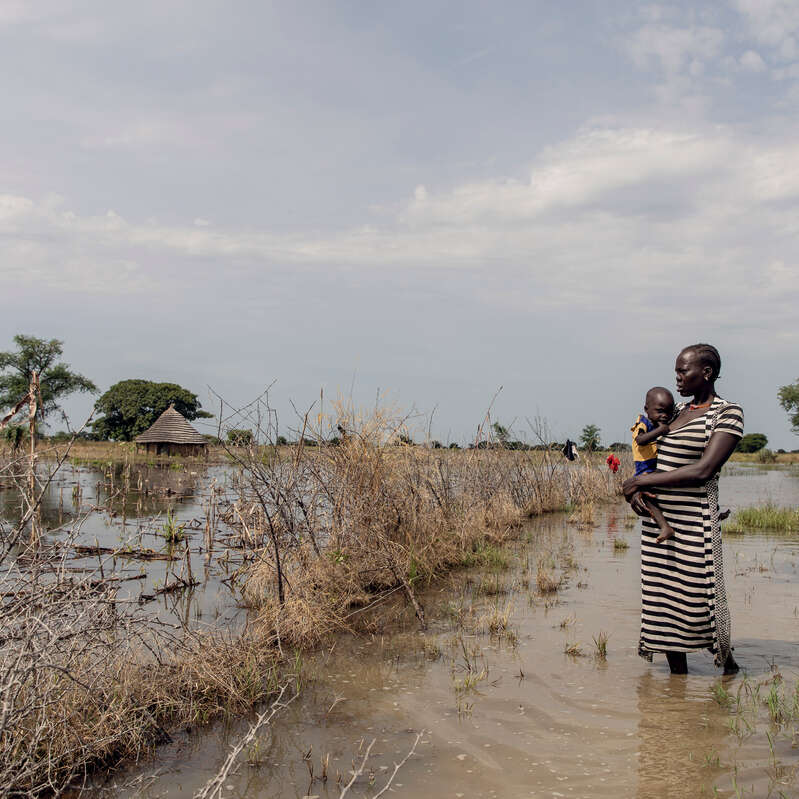
Myth 4
Myth: Cutting emissions and restricting the rise of global temperatures is so important that we can’t afford to spend money on adapting to climate change.
Fact: Even if the world achieves its most ambitious goals of curbing global warming to 1.5°C and emissions to net zero, people in Watchlist countries will still have to live with the current climate crisis—particularly flooding and droughts. Inadequate resources are being invested in supporting countries like those on the Emergency Watchlist to adapt to climate change.
Flooding in Northern Bahr El Ghazal, South Sudan forced Abuk, 30, and her family out of her home where she owns two plots of land.
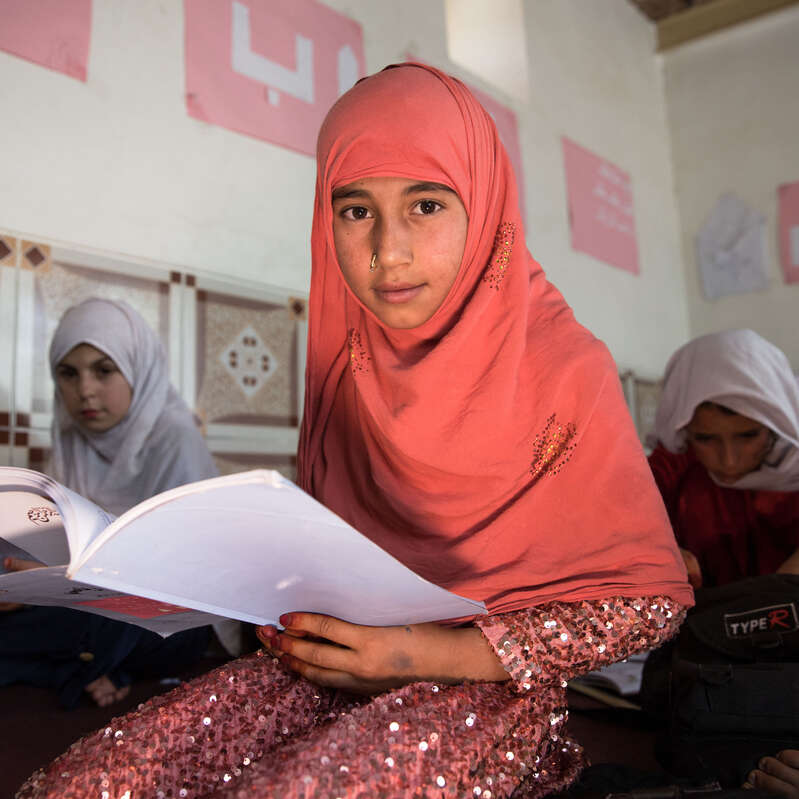
Myth 5
Myth: Gender inequality is not a matter of life and death.
Fact: Gender inequality is life-threatening to women and girls. This inequality blocks effective feminist humanitarian action, particularly to meet the needs of women and girls.
Through community-based programming, Lialoma, 8, receives education in Pul-e Alam, Afghanistan.
IRC priorities for action
- Increase funding for climate adaptation. 50% of all public climate finance to developing countries should be allocated to adaptation by 2025; conflict and climate-impacted countries should receive a higher share of that adaptation finance, and 20% of that funding should flow to nongovernmental partners.
- Support anticipatory action for climate-vulnerable communities. Commit a minimum of 5% of humanitarian budgets to anticipatory action with a strategy to expand by 2030.
- Make climate funding accessible and equitable. Fulfill the $100 billion-per-year climate pledge for climate action in developing countries and ensure funding is accessible to a diverse range of partners.
- Increase the World Bank’s ability to work in complex emergencies by institutionalizing new funding and delivery partnerships with a wider range of actors, including the U.N., I/NGOs and women-led organizations (WLOs).
- States, donors and development banks should increase investment in inclusive social safety nets and cash responses, with a particular focus on Africa.
- U.N. member states should establish a new mechanism to forecast the humanitarian impacts of economic shocks, housed in the U.N. Office for the Coordination of Humanitarian Affairs (OCHA).
- Increase funding available to women-led organizations. Accelerate reforms to pooled funds and levels of funding channeled through feminist funds that are able to offer smaller, more flexible grants to local organizations, while holding humanitarian teams accountable for involving WLOs in response design and delivery.
- Bilateral donors and U.N. agencies should rethink approaches to compliance and capacity sharing to increase the ability of WLOs to compete for humanitarian funding.
- Development Assistance Committee donors must commit half of all bilateral official development assistance (ODA) to fragile and conflict-affected states. G7 donors should fulfill commitments to spend 0.7% of gross national income on ODA—a step that would create an additional $168 billion in ODA.
- Expand World Bank resources to drive action against extreme poverty. Donors should commit to triple International Development Association (IDA) funding by 2030.
- Creditors should explore current and new approaches to free financing to support humanitarian response, climate adaptation and social protection.
- Governments should systematically apply a protection-centered approach to reception processes to allow asylum seekers to find protection and access services, and reduce pressure on asylum systems.
- Multilateral development banks should support initiatives that offer displaced people real opportunities for self-reliance by supporting state-led regularization and integration plans—and accessible inclusive services.
- Donors should provide multi-year funding to meet the humanitarian and development needs of refugee and host communities, recognizing the specific needs of women and girls.
- U.N. member states committed to IHL should bring forward response mechanisms applied in Ukraine for new crises as part of a new “accountability menu,” for example by gathering evidence on violations of IHL and documenting and analyzing atrocities.
- Support the France-Mexico proposal to suspend permanent members’ use of the veto at the Security Council in cases of mass atrocities.
- Establish a new independent access organization to get the facts out about the denial of humanitarian access and catalyze action by global, regional and national-level policy makers.
Client Insights
How does the IRC use the Watchlist?
The IRC's Emergencies and Humanitarian Action Unit (EHAU) uses the annual Emergency Watchlist to identify which countries to prioritize for emergency preparedness support. Once a country appears on the Watchlist, the EHAU team will work with the relevant IRC program to develop an emergency preparedness plan, which sets out the practical steps IRC teams can take now to be ready before a new emergency hits, for example by prepositioning supplies or by identifying and vetting potential partner organizations.
